LIMONE sul GARDA
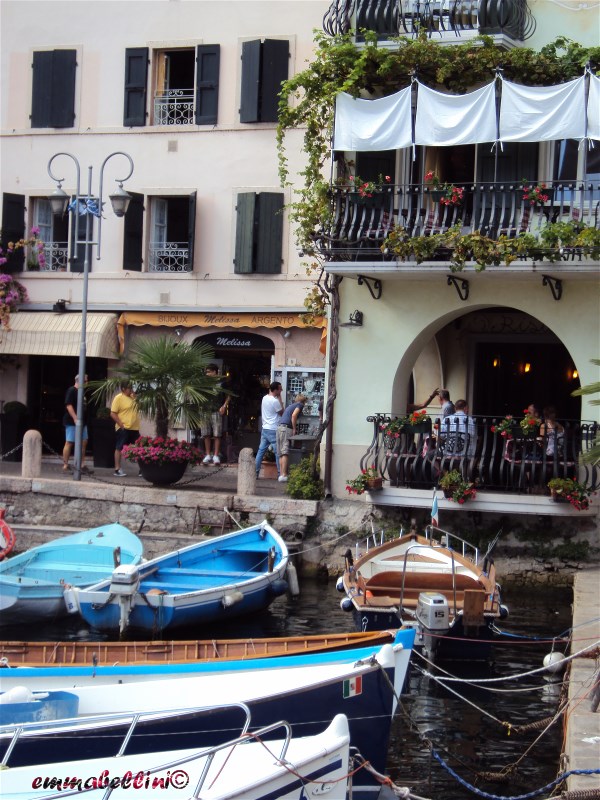
Limone is famous not just for its climate, but also because scientists study its inhabitants, who carry the Apo A1 Milano and have very low cholesterol levels. The 17th century Parish church and the medieval church of San Pietro, which stands in an olive grove, are both well worth visiting.
See the photo
See the photo
MANERBA del GARDA
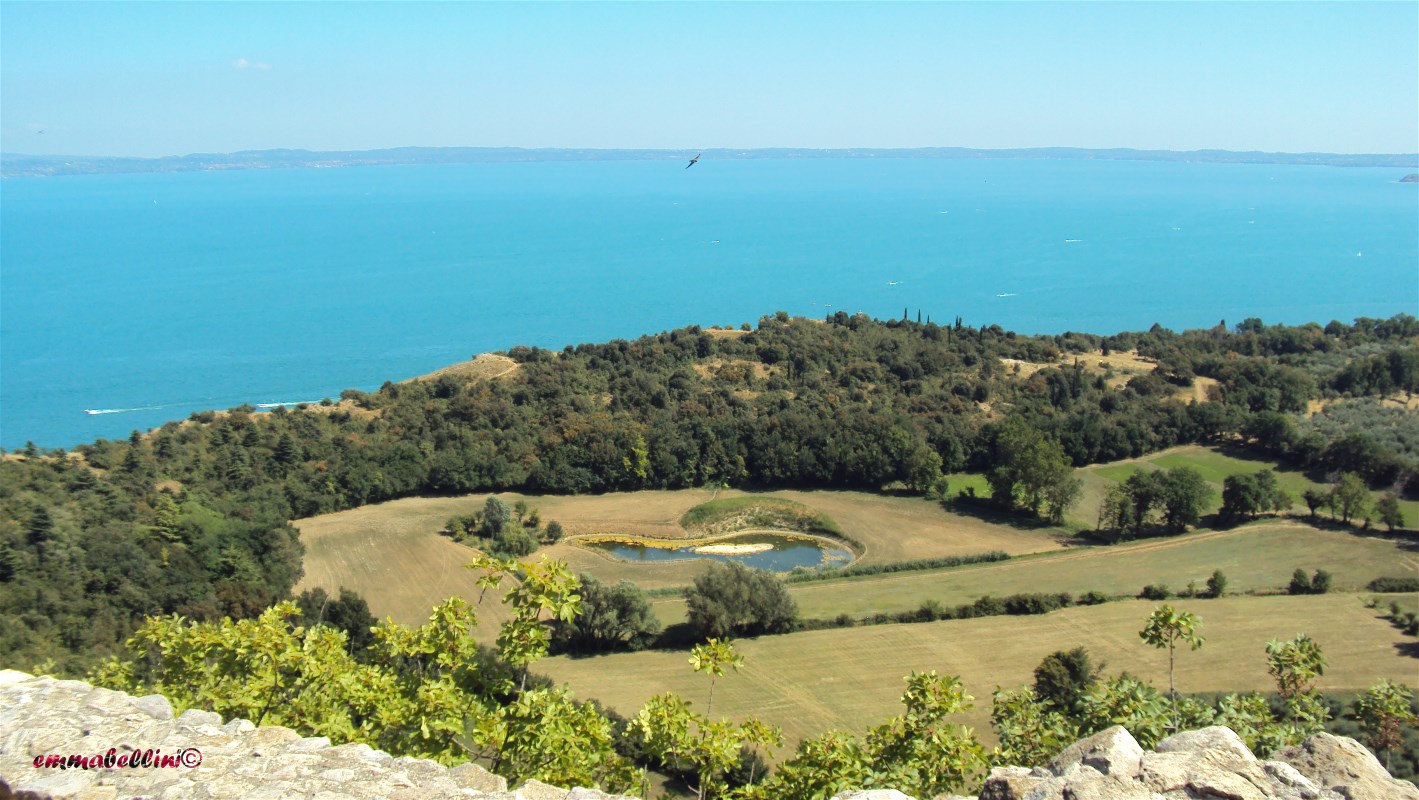
Manerba covers one of the most outstanding promontories on Lake Garda, known as Rocca di Manerba. On the top are the recently-discovered remains of a medieval defensive settlement. This area has now been designated a nature park. Below the rocky outcrop, which falls sheer to the water, are lovely little bays with pebble beaches and a causeway linking the mainland to the island of San Biagio. It is a perfect area for canoeing. The Romanesque Church of Santa Maria is also worth visiting for its frescoes and Roman tombstones.
See the photo
See the photo
S. FELICE del BENACO
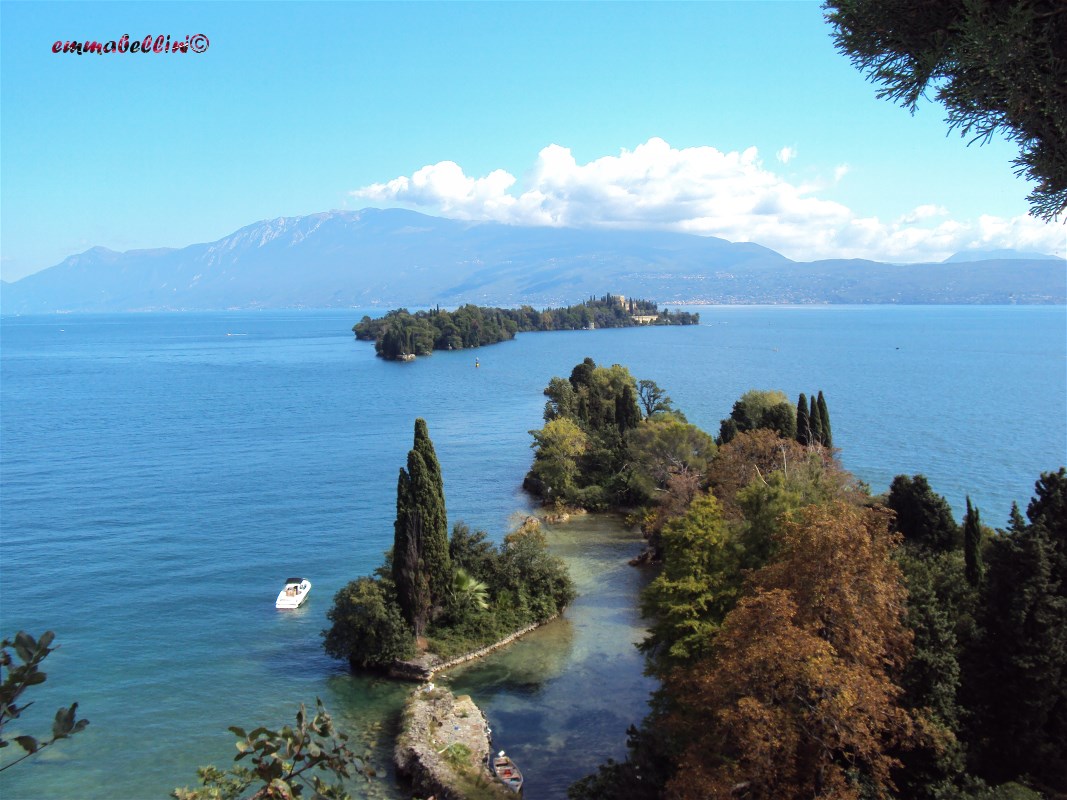
San Felice is another beautiful peninsula with Garda Island just in front. There were monasteries on the island from the 13th to the 18th century but they were replaced in the early 20th century by a large neo-Gothic Venetian style villa. The nearby beaches are very pretty, especially the Baia del Vento, which is excellent for swimming.
See the photo
See the photo
SIRMIONE
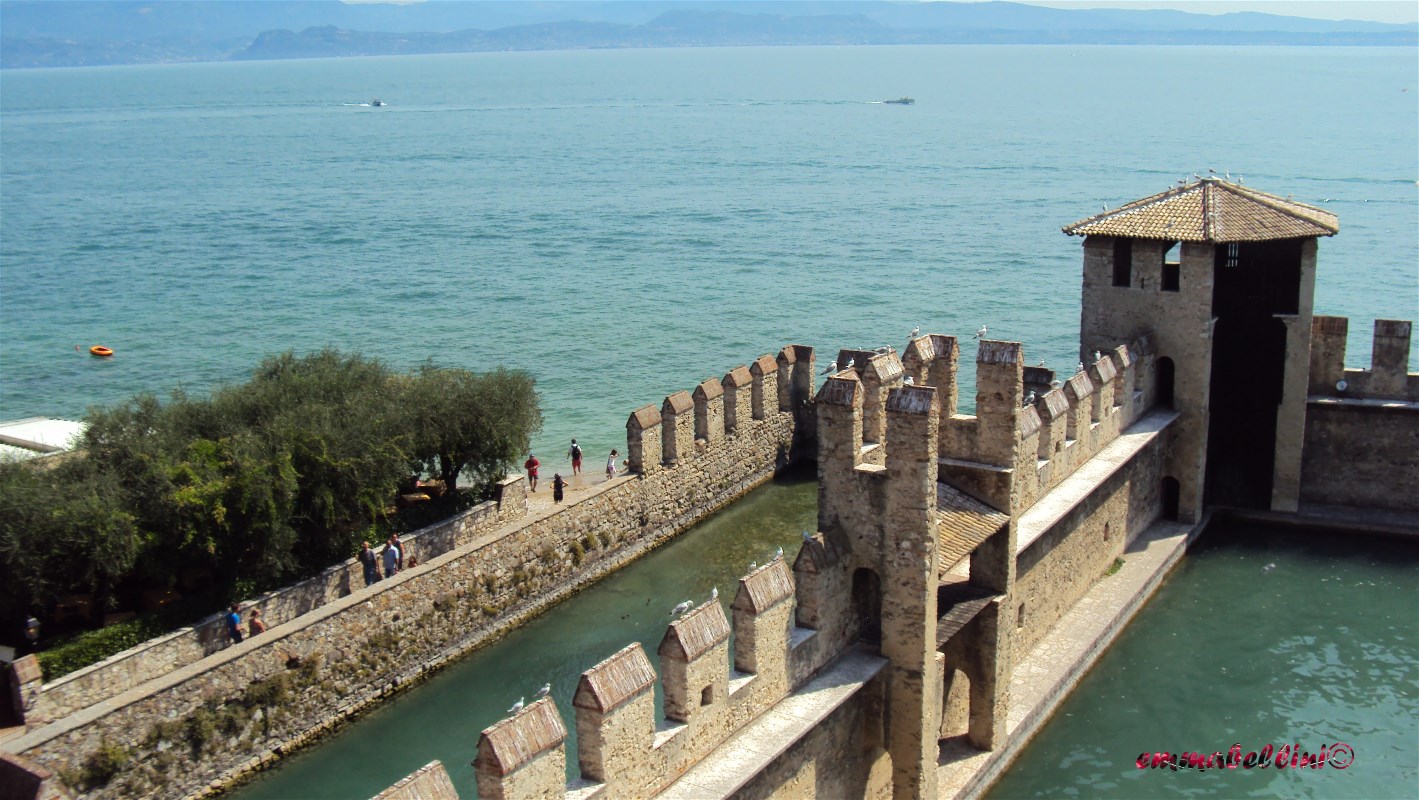
The Brescian side of the Lake begins at Sirmione, which has been famous since ancient times for its health-giving spa water. It stands on a peninsula that projects into the lake about 4 km and is one of the most enchanting places there. The town itself is closed to private traffic, but a shuttle takes visitors to the Grotte di Catullo (actually a Roman villa). The Scaliger Castle was built in the 13th century by Mastino I della Scala, Lord of Verona, as a berth for the Scaliger fleet. It has a large dock and the surrounding walls cut the town off from direct contact with the mainland, protecting the castle from invaders.
See the photo
See the photo
Il VITTORIALE-GARDONE RIVIERA
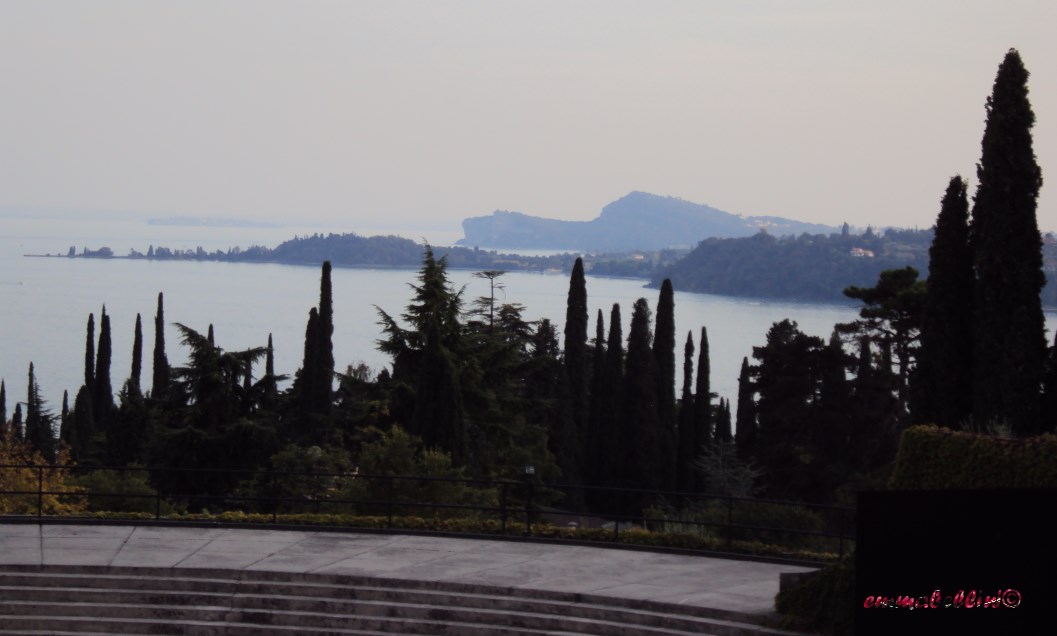
Gabriele d’Annunzio built the Vittoriale as a place to live in as well as a monument to his own genius during World War One. It is an extraordinary set of buildings set in extensive grounds overlooking the lake. It includes an open-air theatre, the Priory (the poet’s home from 1921 to 1938), the poet’s tomb and mausoleum.
The Priory shows just what sort of mind d’Annunzio had and the life he lived. It contains Liberty furniture, thousands of objects and d’Annunzio’s works of art, books and paintings.
See the photo
The Priory shows just what sort of mind d’Annunzio had and the life he lived. It contains Liberty furniture, thousands of objects and d’Annunzio’s works of art, books and paintings.
See the photo
English text by Anna Ramponi
>>>Return page Brescia and its treasures



